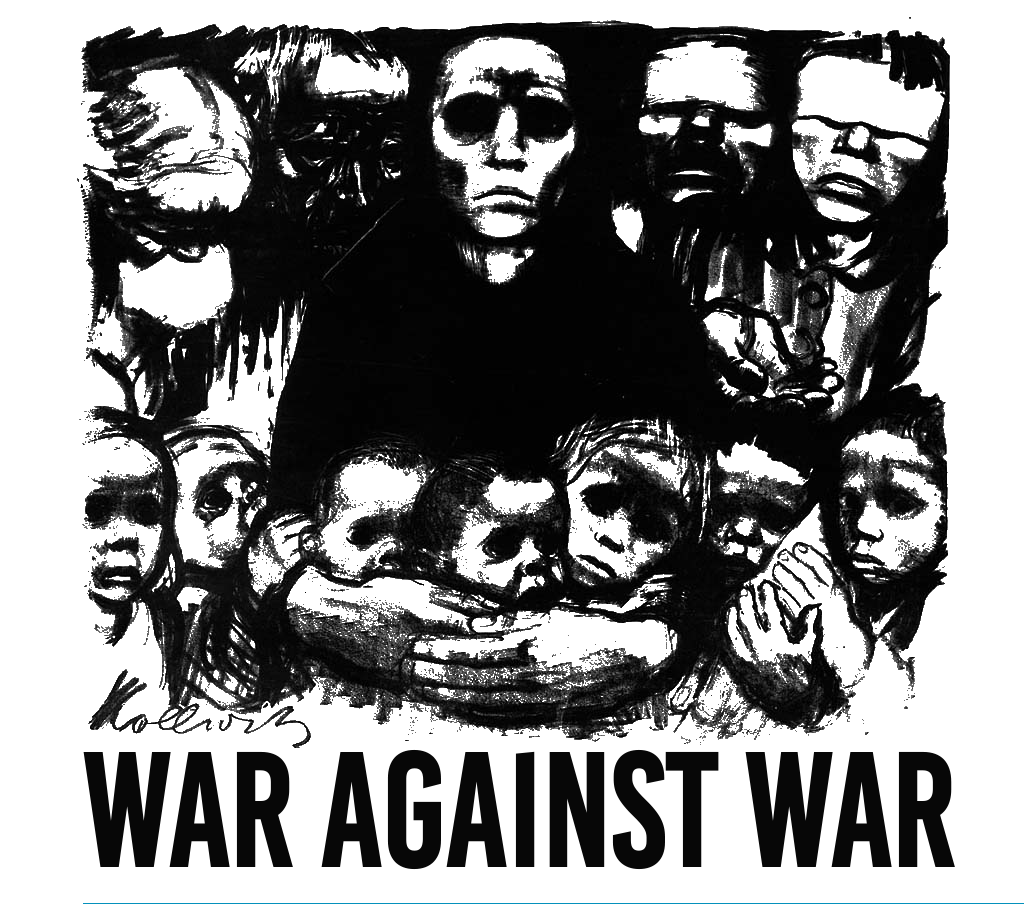Nonviolent resistance is considered one of the most effective methods of bringing about political change. Yet empirical research on how nonviolent campaigns emerge is limited. This article considers two sets of considerations which influence the strategic decision of a campaign to use nonviolent or violent methods: interactions with the state and campaign resources. Campaigns are concerned about the risk of repression from the state and are more likely to choose nonviolence when they believe the state will accommodate their demands. Open political competition signals likely accommodation. Campaigns’ nonviolent tactics are more effective when they possess social movement resources, though high levels of movement resources threaten the state. The argument implies political competition and social movement resources are associated with a higher likelihood of a campaign using nonviolence, though the relationship with social movement resources diminishes at high levels. Implications of the argument are tested on a sample of contentious campaigns from 1945 to 2006. Political competition and social movement resources are related as expected to the use of nonviolence. However, an extension shows these factors do not account for the advantage of nonviolent methods, particularly in triggering backlash protests, once a campaign is under way. An original ordinal measurement strategy for campaign methods suggests the intensity of violence and nonviolence are likewise unrelated to competition and resources.
This was originally published on SAGE Publications Ltd: Journal of Peace Research: Table of Contents.
